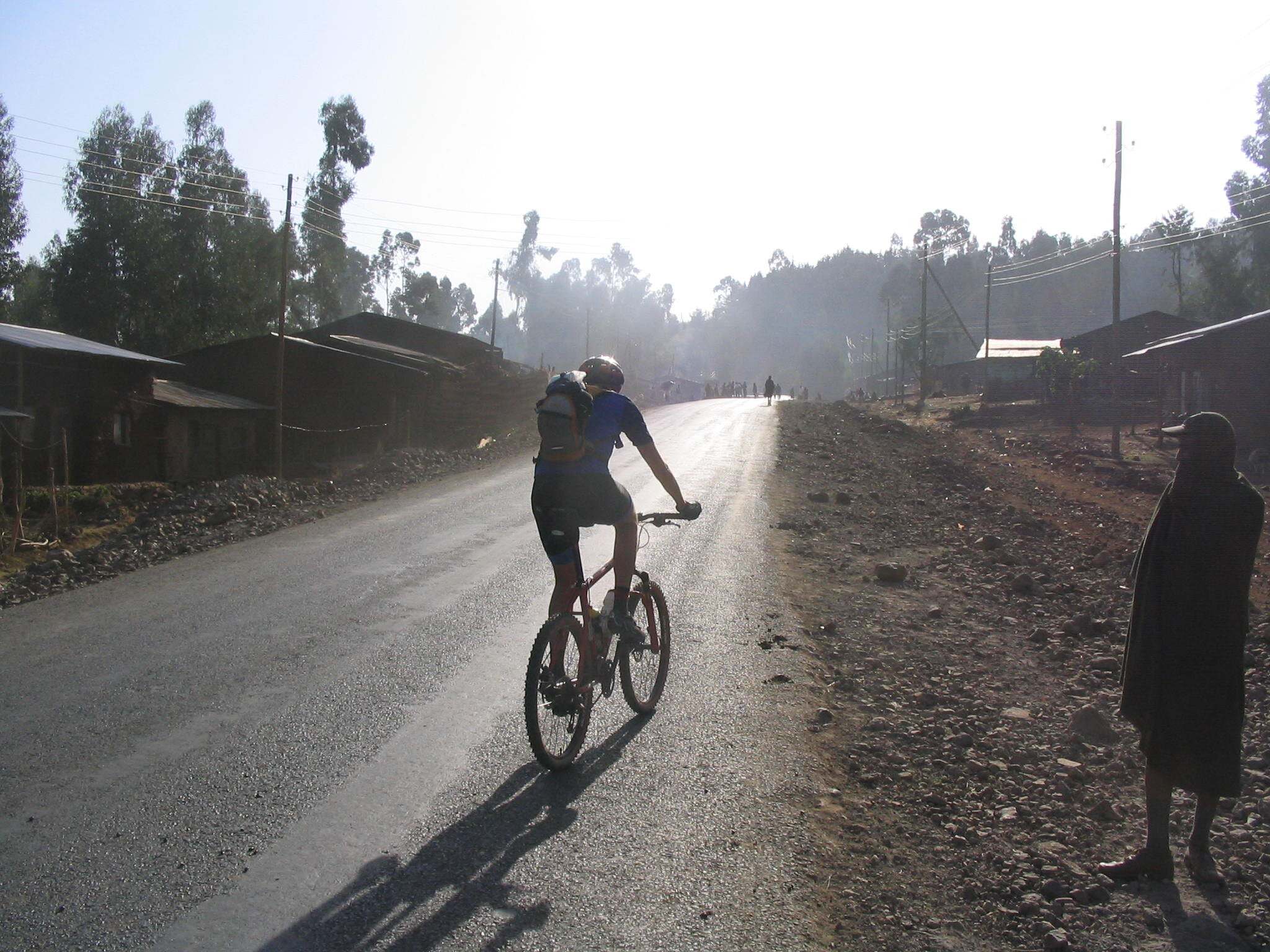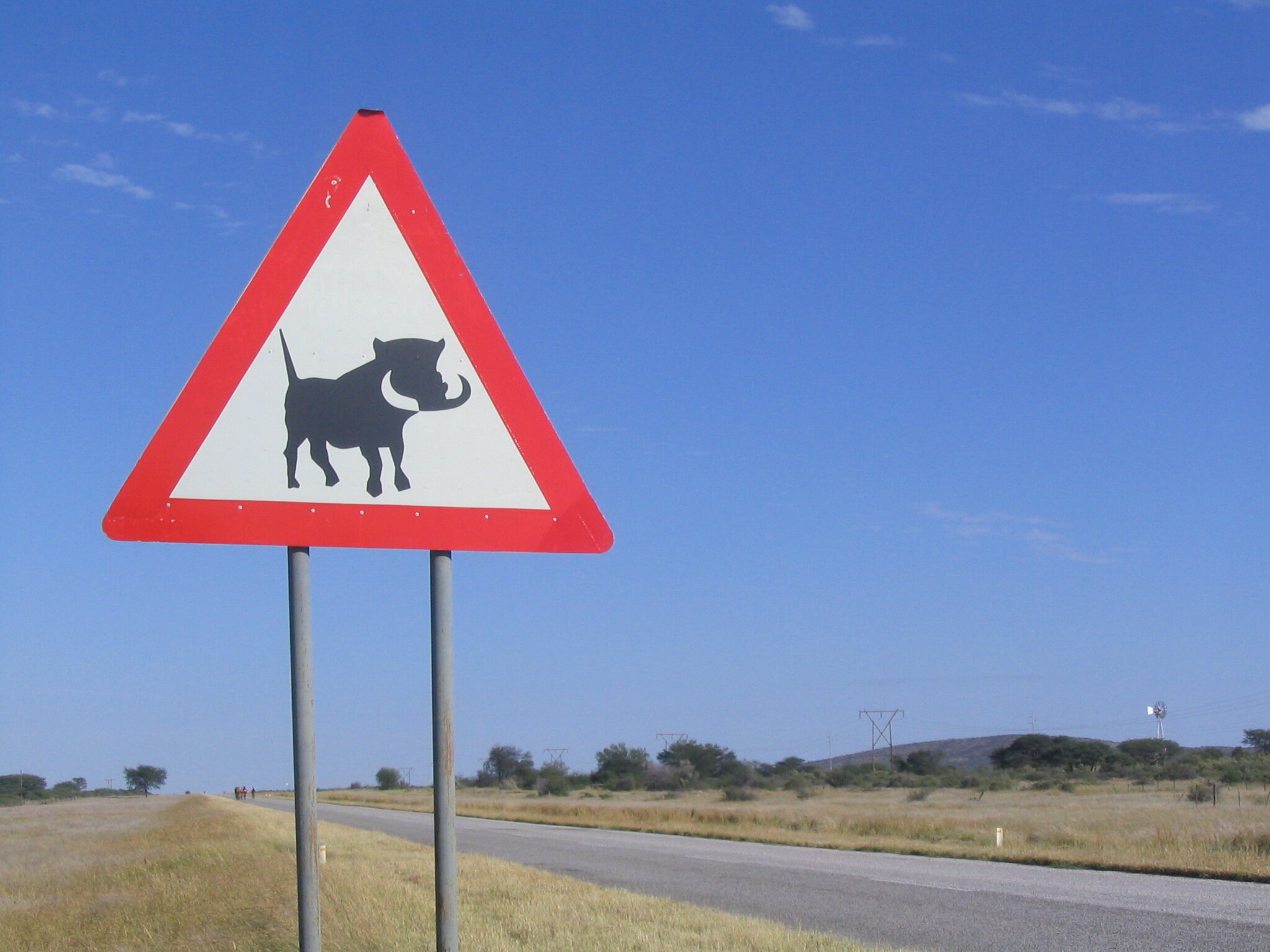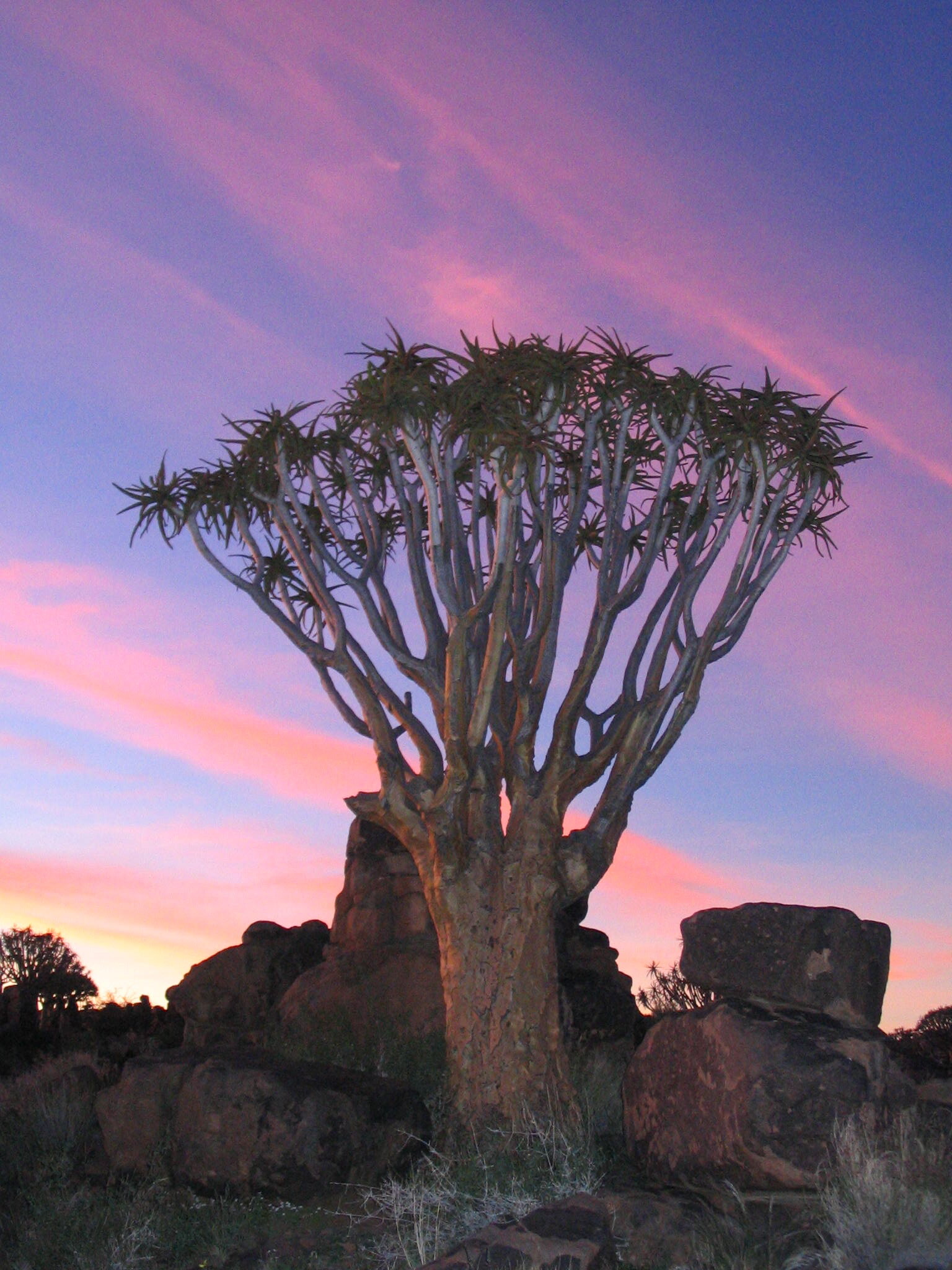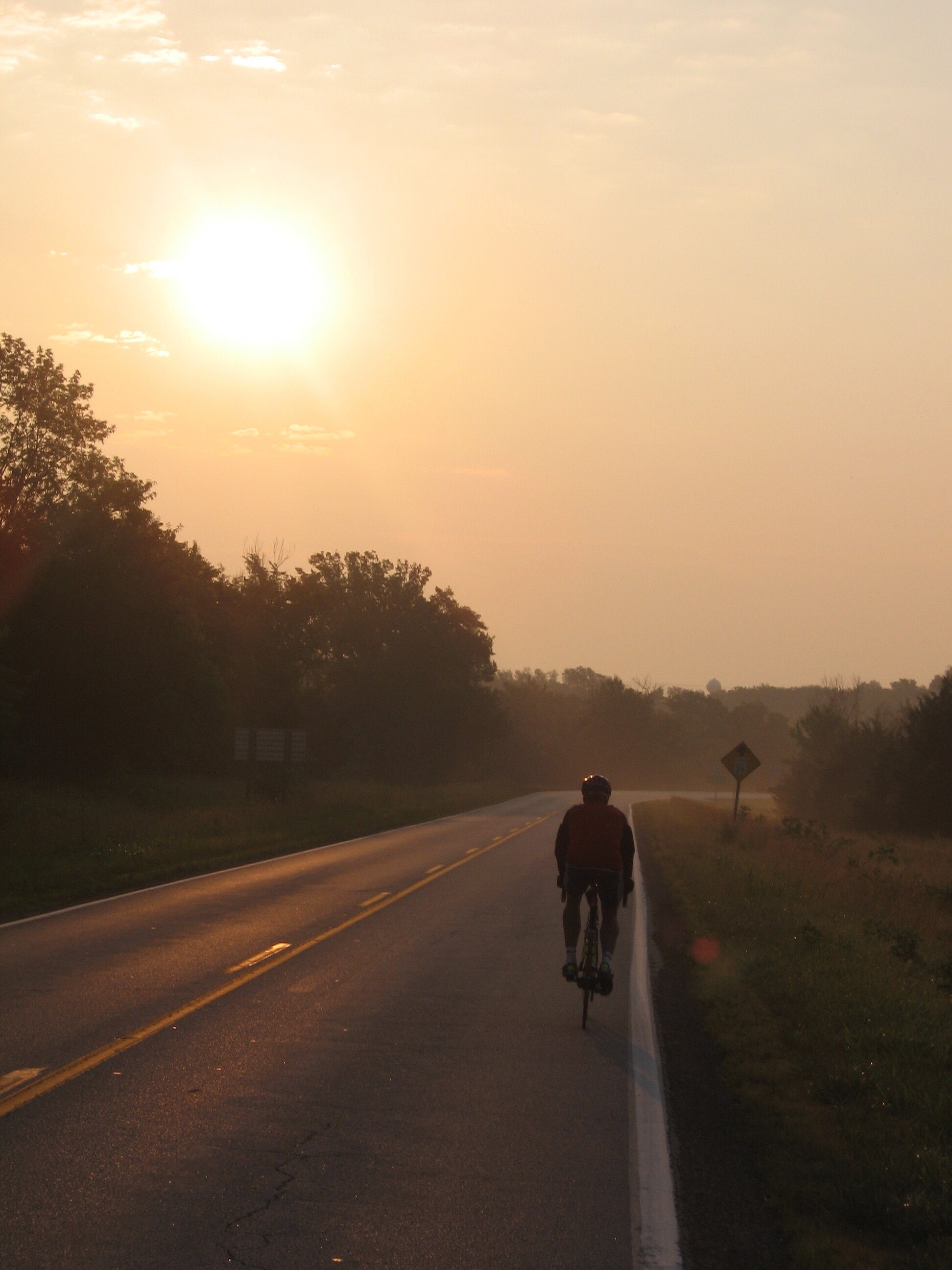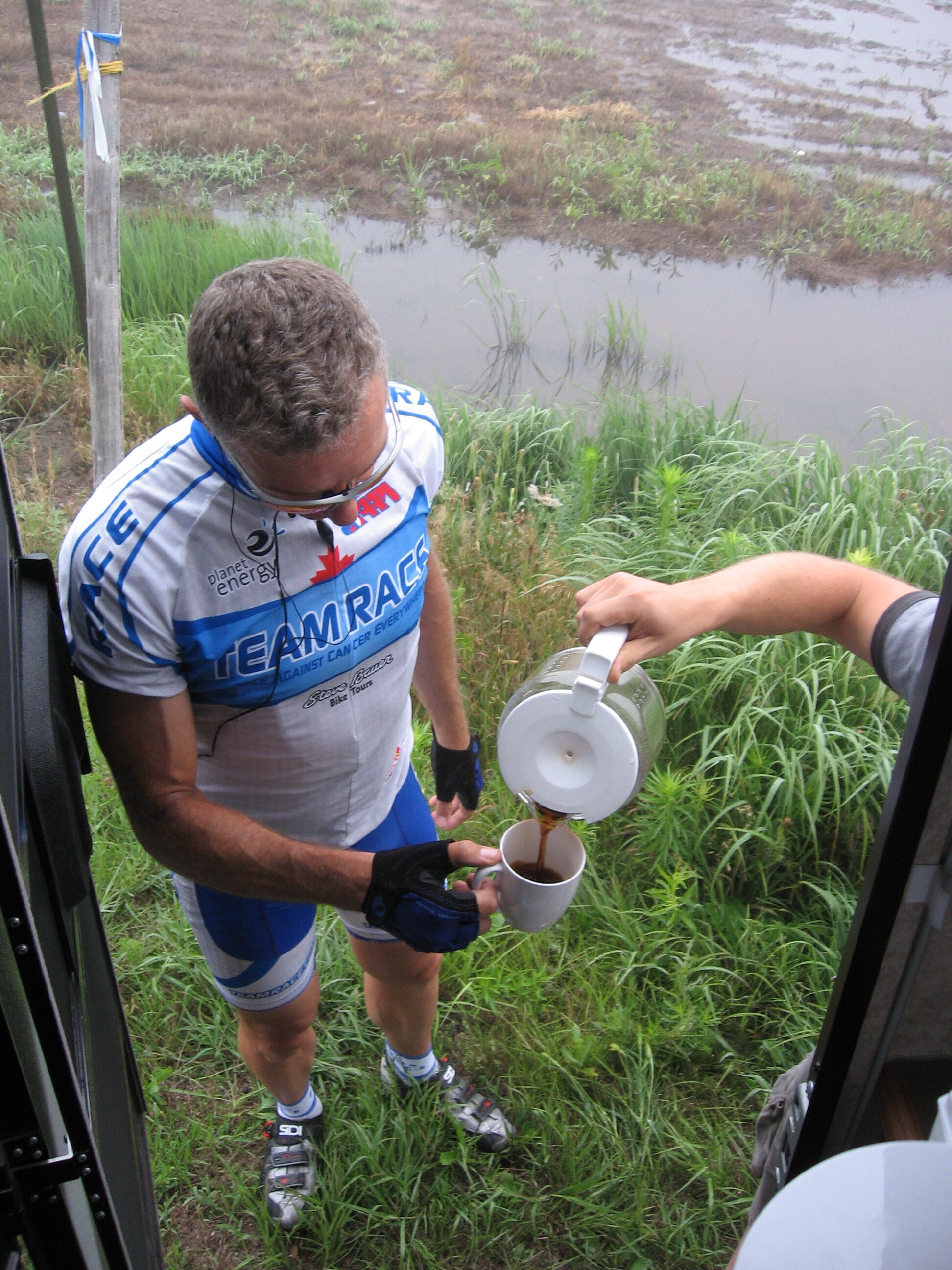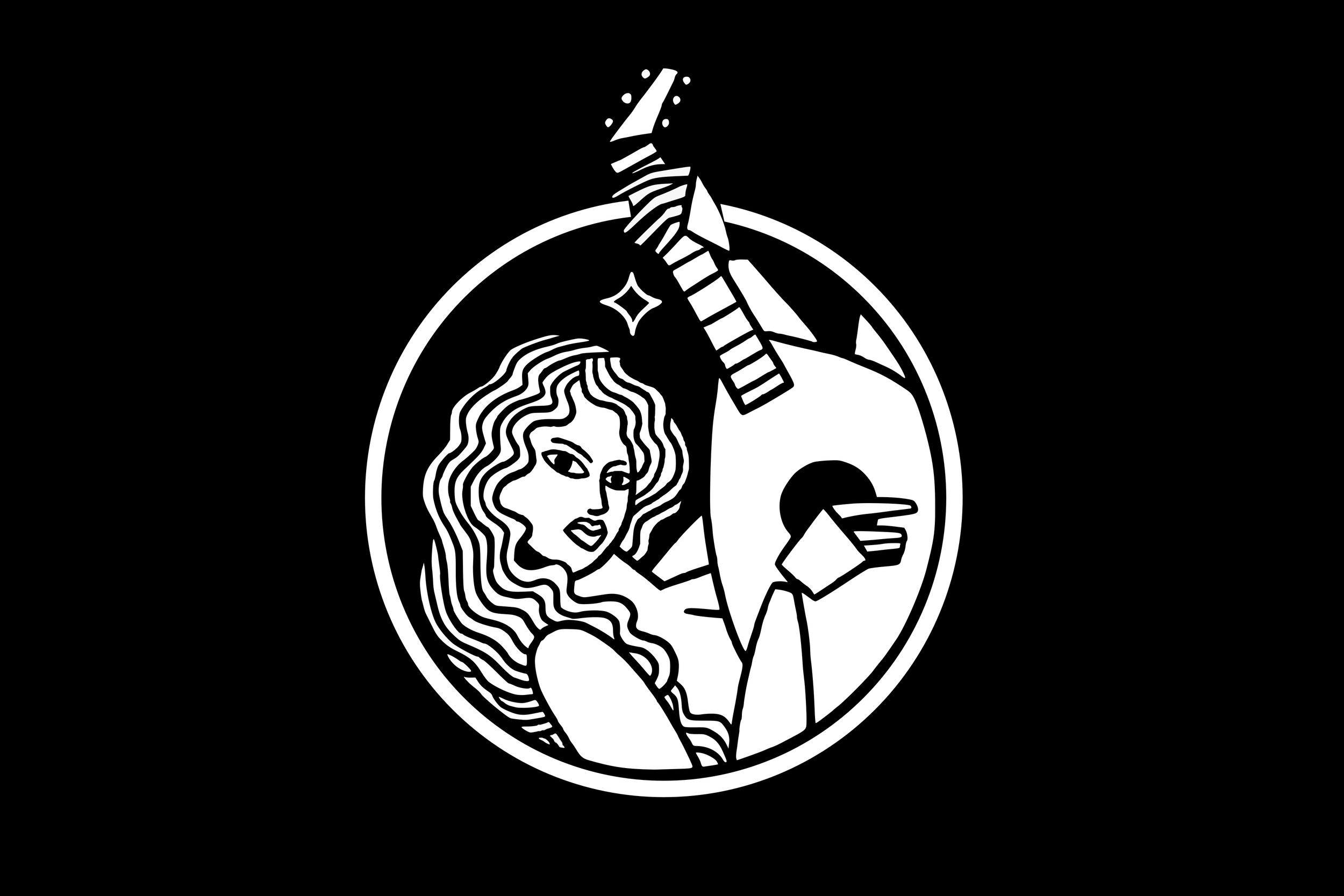The Troubardours: David Houghton did Every Fucking Inch.
The best part of choosing an adventurous life is that you meet adventurous souls on the same roads you travel— “The Troubardours” is an ongoing series where I share the stories of amazing, interesting and inspiring friends who travel under the direction of their own compass.
David Houghton can claim something not a lot of people can match, and that is that he really did do every single fucking inch (of Africa that is). His love of biking has taken him to places most people would not have dared visit, and participate in races so intense, long, and extreme that many bikers wouldn’t even consider to consider.
I met David on day zero of my advertising career when I lived in Canada in the early 2000s. Describing him is simple; He’s an all-around amazing human being, creative leader, a fantastic writer and designer and above all a true lover of all things biking. David has been an executive at the helm of big ad agencies and at the same time, stayed humble, open, and always kept his personal affair with biking as a priority.
David is an accomplished writer who has authored and collaborated several incredible biking books including 10: CELEBRATING TEN YEARS OF THE TOUR D’AFRIQUE BICYCLE RACE AND EXPEDITION, and Ride: Cycle the World, which will be available worldwide in April
I’m very happy to share David’s story with you.
The Tour d’Afrique has been described as the longest and most difficult bike race in the world. Within those who have undertaken this excruciating journey, there is an elite group known as The EFI Club. These are the select few who have survived Every Fucking Inch between Cairo and Cape Town, despite illness, injury, mechanical breakdowns, small children with big rocks and all the misfortunes that Africa can muster. David Houghton is a member of The EFI Club and a veteran of cycling in far-flung corners of the world, including Madagascar, Tasmania, Nicaragua, Laos, Sikkim, Korea and Mongolia.
Condense the brutality and the joy of the Tour d’Afrique adventure experience:
The biggest threat most Tour d’Afrique participants brought to Africa was their own preconceptions. The Dark Continent sounds pretty ominous until you get there and begin to encounter people. Then, in nearly every case, you’re met with curiosity, acceptance and humanity. I found brutality in many of the roads we had to endure, but I found joy in the generosity of the people we met, the diversity of landscapes we rode through, and the absolute freedom that comes with having such a simple, focused mission: ride, and ride, and ride some more.
The Tour d’Afrique is a 12,000-kilometer journey into yourself. It takes four months to complete, so you go deep into your own abilities, fears and resolve. There were twenty other participants in the race, but we each rode at our own speed, so we rode much of the time alone. Like the terrain, emotions and motivations go from high to low. Some days were difficult to get through. But most days I couldn’t stop smiling.
What was one very positive and one very negative notable experience for you on the Tour d’Afrique?
What felt like a negative experience in the moment always turned into a positive one in retrospect. Northern Kenya, for example, was only a third of the way through the journey, but provided the most brutal three days’ riding in the entire race. We crossed through the Dida Galgalu Desert, a featureless wasteland of volcanic rock. There’s no road, just a vague direction. Add equatorial heat, deep sand and a headwind to the equation and you have a recipe for ass-blasting hell.
On the third day inching through the desert, I saw a vehicle for the first time: a truck crammed with passengers heading toward the Ethiopian border. I was so thrilled, I stopped my bike and pulled my camera out to take a picture. The truck driver ground to a halt alongside me and demanded my camera. Luckily, an equal amount of chutzpah and shoulder-shrugging allowed me to wriggle away. At the time, the whole experience was physically and mentally agonizing. But it turned out to be unforgettable, because I found a way to get through it. Memory has a way of flipping adversity into achievement.
Crossing through Tanzania, further down the continent, we had a solid week of heavy rain. At one point, the deluge pelted us so hard we had to get off our bikes and take shelter. I huddled with two other cyclists in a thatch-roofed hut at the roadside as a local man served us sugary tea and balls of fried dough. It was one of the best meals of my life, and it cost less than a dollar. If you can find meaning in the moment, then every experience has value.
The Race Across America has a unique and brutal concept. Get from the west of the US to the east as quickly as you can on a bike. No stages, no stops, no breaks. Winner takes all. Ready, get set, go. The race takes riders from Oceanside, California across more than 3,000 miles of diverse terrain and finishes 8 days later in Annapolis, Maryland. Race participants ride non-stop, with support crews in chase, and often go for days without sleep.
How was this experience for you?
In one essential way, the Race Across America was the opposite of the Tour d’Afrique. On the Tour d’Afrique I had to navigate my own way, carry my own tools, rely on my own motivations.
During the Race Across America, I was one half of a two-man relay team, and we were assisted by seven crew in two vehicles who provided navigation, water, food, bike repair, and endless amounts of moral support.
My partner and I alternated three-hour shifts on our bikes, twenty-four hours a day for eight days straight. Along with our crew, we all slowly became delirious together from lack of sleep and gas-station cuisine. It was a giant team-building exercise, and we all succeeded together. When I finished the Tour d’Afrique, I crossed the finish line alone. But when I finished the Race Across America, I was alongside people who had supported me, physically and emotionally, through eight solid days of nonstop effort. We shared that moment equally. My partner and I didn’t finish in second place – the whole team did.
What did the race teach you about personal human limits?
Our only limits are the ones we impose on ourselves. Many riders return to the Race Across America year after year, intent on improving their performance. What might be seen as a limit one year is shattered the next. Our physical limits are often defined by our mental limits. When you expand what you believe you’re capable of, your body responds.
Paul Newman said it well: The best gift you can give yourself is the gift of possibility.
Why do bikers like you fall so passionately in love with biking. What is it about it?
In most of the world, we’re increasingly digital, living through our eyes and our fingertips. A bicycle is the ultimate analog technology. It provides genuine experiences straight to all your sensory receptors. You don’t just see where you ride, you smell it, you hear it, you feel it. A bicycle is simple. If something breaks, you don’t have to call the IT department. You get your fingers greasy and fix it yourself.
What is a bicycle? It’s a tool. Like a Swiss army knife, you can use it differently depending on what you need. For some, it’s a means to meditation. For some, it’s an opportunity to compete. For some, it’s the perfect travel companion. You apply it to your needs and it responds. Whether you spend ten dollars or ten thousand dollars, every bicycle provides the same opportunities.
In 2017, I celebrated the bicycle’s 200th anniversary by writing about cycling from two hundred different perspectives. I never ran out of things to write about, and think about, and wonder at. The meaning of a cycle is to come back to where you began. The meaning of bicycling is to come back healthier, wiser, more aware, more alive.
What is your relationship to coffee?
One of my earliest memories is the earthy smell of coffee in my grandmother’s house. Whatever time of day my father took me to see her, there would always be a pot of coffee on the stove. Maybe it was the same pot every time!
On the Tour d’Afrique, I joined a group of other riders before dawn every morning to sip coffee and watch the sun drift up over the horizon. We became known, not surprisingly, as The Coffee Club. Our route took us within a hundred kilometers of Kaffa, where coffee was first cultivated in Ethiopia.
During the Race Across America, one of the best parts of every day came after a long night of riding when the crew brewed a pot of coffee and I was able to get off my bike and relax with a warm cup in my hands.
I don’t know any cyclists who don’t love coffee as much as they love cycling. Coffee has always been cyclists’ number one choice for legal doping. On most group rides, the destination is a coffee shop. Coffee is a way of celebrating the halfway point in the journey, that exquisite pivot point between the satisfaction of what’s been accomplished and the promise of what lies ahead.
Follow David’s adventure on Instagram and on his cycling journal Two Hundred Bicycle Rides
















